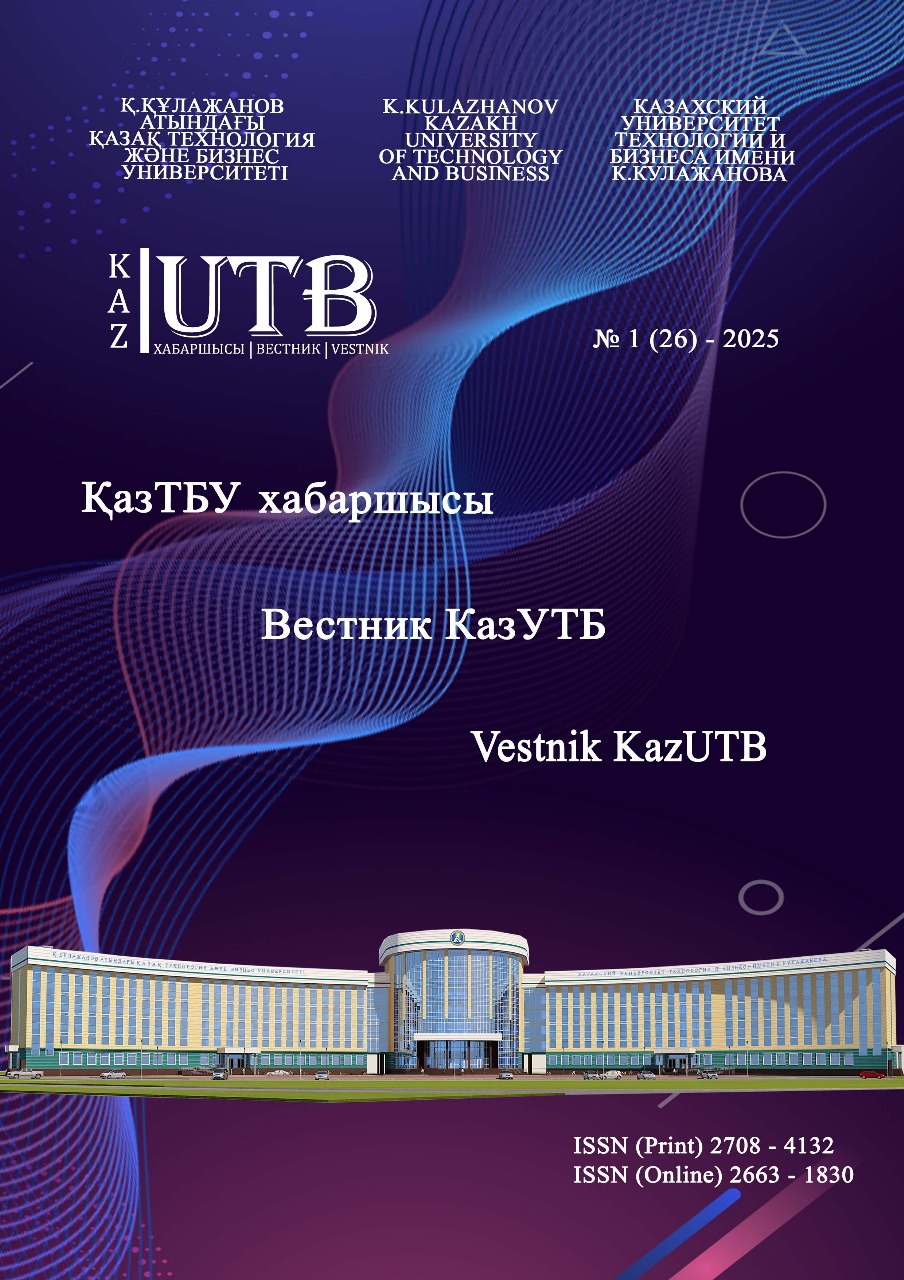Меню


Ақпараттық-коммуникациялық және химиялық технология
№ 1 (26) - 2025 / 2025-03-31 / Көрілім саны: 100
ТЕРЕҢ ОҚЫТУ ӘДІСТЕРІН ПАЙДАЛАНУ АРҚЫЛЫ ЖОБАЛАРДЫ ДАМЫТУ ТӘУЕКЕЛДЕРІН ЖӘНЕ НАРЫҚТЫҢ ҚҰБЫЛМАЛЫЛЫҒЫН ОҢТАЙЛАНДЫРУ
Авторлар
Кілтті сөздер
инвестициялық тәуекел, АТ жобалары, анық емес өрістер, ақпараттық белгісіздік, үлкен деректер, CNN үлгілері, машиналық оқыту
DOI сілтемесі:
Қалай дәйексөз келтіруге болады
Аңдатпа
Бұл зерттеу компьютерлік модельдеу мәселелерін шешуге арналған, әсіресе ақпараттық технологиялар (АТ) жобаларындағы тәуекелдерге, сондай-ақ белгісіздік және толық емес ақпарат жағдайында инвестициялық процестерді басқаруға ерекше назар аударады. Соңғы жылдары АТ жобаларының санының өсуі тәуекелдерді бағалау және басқару бойынша жаңа қиындықтарды тудырды. Технологиялар дамып, АТ бастамаларының ауқымы кеңейген сайын, инвестициялық процестердегі белгісіздіктер күшейіп, неғұрлым күрделі бағалау әдістерін қажет етеді. Зерттеуде инвестициялық жобалардың тәуекел функциясын есептеуге арналған RIC әдістемесі ұсынылған, ол болжанған ақша ағындарының ауытқуларын ескереді. Инвестициялық жобаларды әзірлеу жиі белгісіздікпен және сенімді статистикалық деректердің жетіспеушілігімен сипатталады, бұл негізделген шешімдер қабылдау үшін заманауи аналитикалық тәсілдерді қолдануды талап етеді. Бұл зерттеуде инвестициялық жобалардың тәуекелдерін бағалау алгоритмін әзірлеу үшін машиналық оқыту және конволюциялық нейрондық желілер сияқты заманауи ғылыми әдістер қолданылады. Ұсынылған алгоритм инвестициялық тәуекелдерді бағалау және басқаруды жақсарту бойынша практикалық ұсыныстар береді. Зерттеу нәтижелері жоспарлау және тәуекелдерді талдау үшін құнды құралдарды ұсынады және инвестициялық қызметке қатысатын түрлі мүдделі тараптарға қолданыла алады




